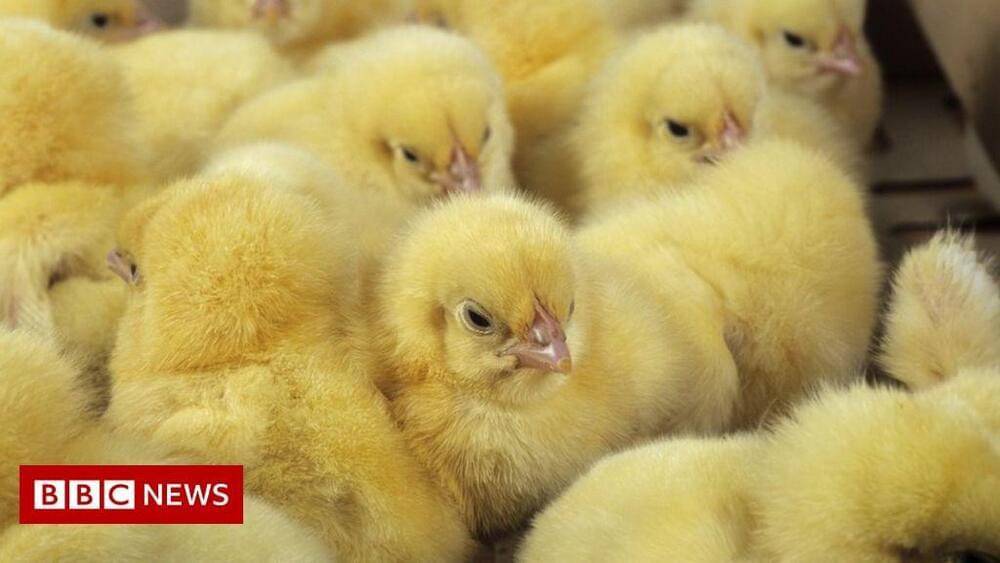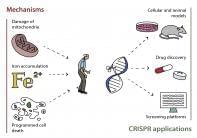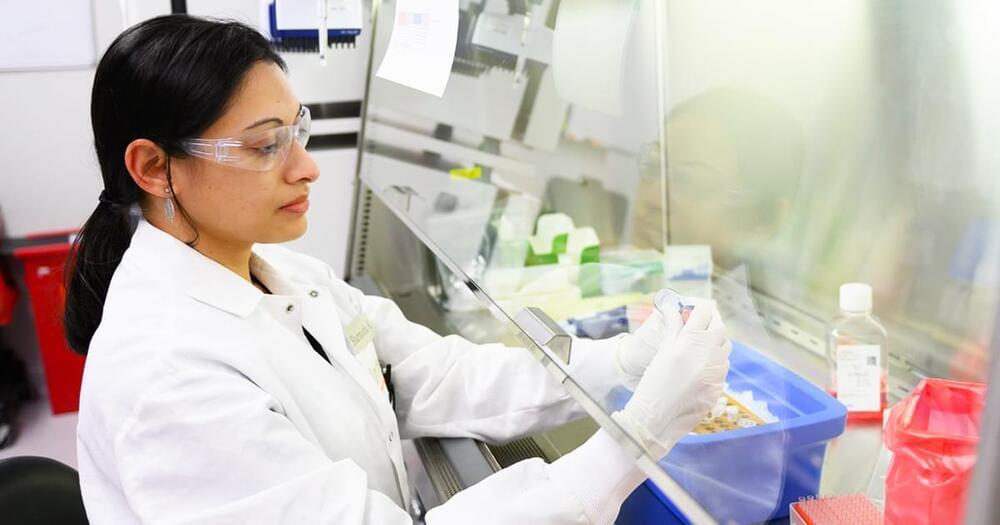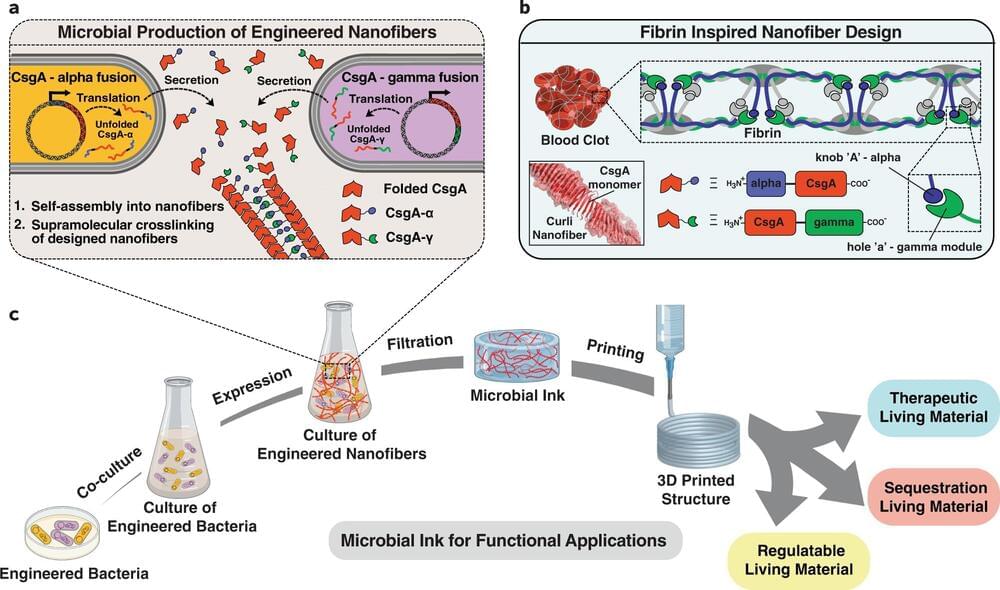It’s an information age gold rush!
On December 2nd, we brought you the news that Microsoft Research developed a new method that allows it to read and write much faster in DNA format. In the last month or so, three other new developments have popped up in DNA storage.
Scientists at the Center for Synthetic Biology from the Northwestern University, Illinois, have revealed a demonstration on DNA storage encoding that manages to fulfill three bits of information in an hour, according to Technology Networks. This new method “relies on an enzymatic system.”
Then, a team from the Georgia Tech Research Institute (GTRI) has devised a microchip that can significantly improve the speed at which data can be written in DNA form, according to the BBC. The team expects a 100x improvement over current technologies for DNA storage.
Finally, a team in China at Southeast University in the country’s Jiangsu Provincemade has been reported to be engineering a new process that could produce the first mass-market DNA storage device, according to TechRadar.
Full Story:









